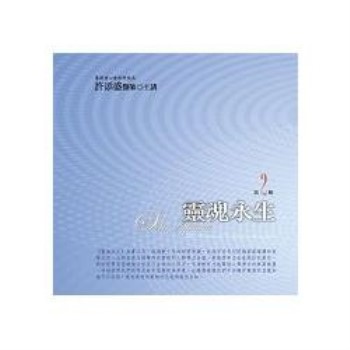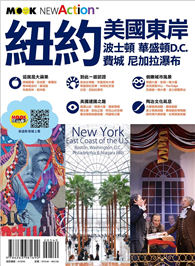This edited volume examines the competitive dynamics of two order-building projects in the Indo-Pacific, namely China’s Belt and Road Initiative (BRI) and the US-led Free and Open Indo-Pacific (FOIP).
Foci are on how far the two major powers are able to use institutional projects to (re)order the region of the Indo-Pacific to suit their policy preferences, and on how regional powers perceive and navigate between the two ordering projects. This book discusses a wide array of actors in the Indo-Pacific, covering the two major powers of China and the United States, middle powers of Australia and New Zealand, India, Japan, South Korea and Taiwan, and institutional actors of ASEAN, AUKUS, the Quad and the Pacific Islands Forum. Drawing on the concept of international order, the chapters examine the actor-specific foreign policies in relation to the rivalry between the FOIP and the BRI.
This accessible book will be a go-to resource for anyone looking for how the two great powers garner legitimacy and followership for their own version of ordering project, and how regional powers respond to the dynamic competition and navigate between China and the United States, and between the forces of liberal democracy and autocracy.












